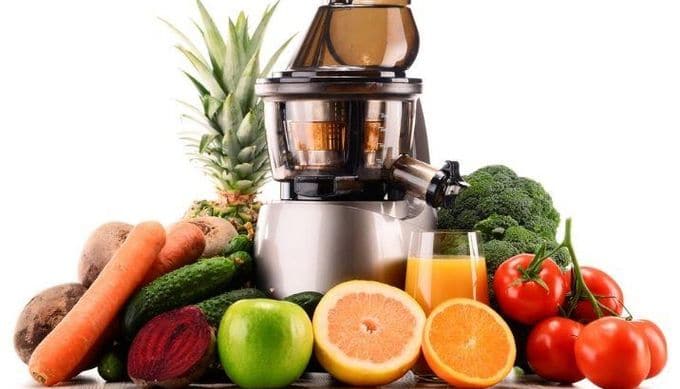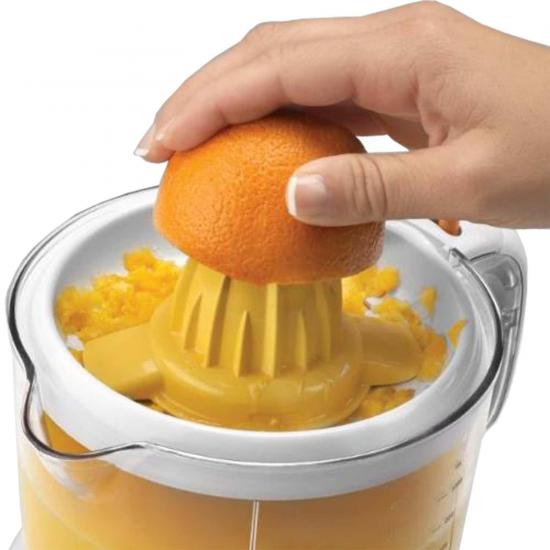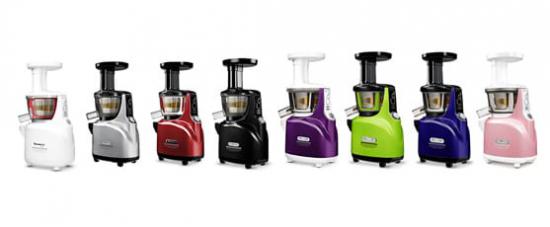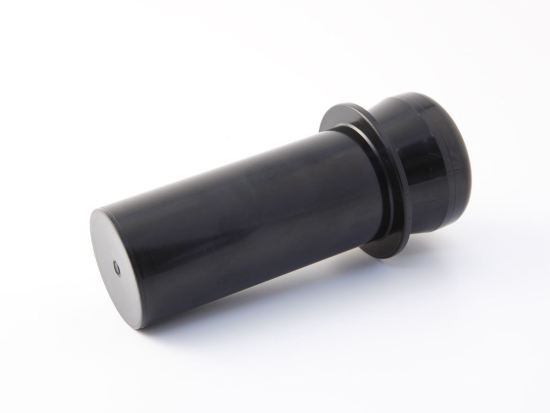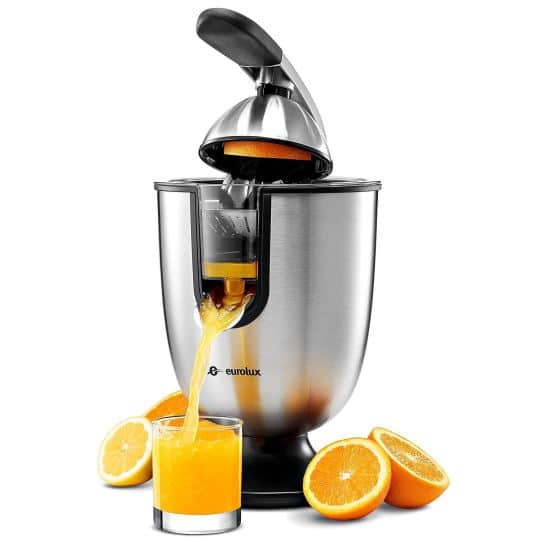Juicers have been in high demand for a long time. High competition stimulates companies to constantly improve their models, offering new engineering solutions. Today, the market offers a large number of juicers of various types. Therefore, the choice of the optimal model is sometimes not an easy task.
First of all, the choice of the model depends on the requirements imposed on the juicer. Juicing of soft tomato or oranges is significantly different from grape berry. Therefore, different types of juicers are optimal for different tasks. Of course, universal models partially solve this problem, but they are quite expensive.
Functionality is one of the main choice criteria. But it, in turn, depends significantly on the technical characteristics of the model. The list of basic parameters includes power, rotation speed, material, diameter of feeding chute and capacity of the container for the finished juice and pulp.
Power and rotational speed
Of course, power directly affects the amount of processed fruits and the juicing speed.
Electric juicer for citrus has minimal power.
It’s just 20 to 80 W. This low power is quite sufficient for soft citrus.
Power of universal models is from 250 to 1200 W. Models with lower power are primarily intended for the everyday juicing in a small amount.
Juicers with auger have less power due to lower speed during juicing. They are effective at a power from 150 to 240 W.
The optimum speed for quality juicing in the centrifugal model is about 8-10 thousand rpm. Further increase of speed does not affect the quantity and quality of the produced juice.
Juicing technology in models with auger is fundamentally different from centrifugal model. Such models operate at 40-80 rpm. Low speed eliminates the juice heating during this process, maximally preserving its useful properties. This aspect is the main reason for the growth in the popularity of slow models.
Optimum rotation speed depends on the density of fruits and vegetables. Therefore, modern models have an adjustment of speed. Their amount usually varies from 2 to 5.
The optimum value of speed increases the juicing efficiency.
More expensive models often have a pulse mode for improving efficiency processing the solid fruit.
Material and diameter of feeding chute
Almost all elements of the devices in the average and upper price segments are usually made of stainless steel. Inexpensive models can use plastic. Stainless steel has a long life and does not cause a metallic taste in the juice.
The press in some models with auger and the ribbed cone in models for citrus are often made of plastic.
Housing is made of plastic, steel or a combination thereof. The steel is more durable, but plastic is cheaper and easier cleared.
But combined models usually have a much wider range of colors. This simplifies the choice of model under the kitchen interior.
Diameter of feeding chute affects the maximum fruit size. So of course, a large diameter is more convenient. This eliminates the need for pre-cutting the fruit and significantly reduces juicing time. Some models have an oval cross-section of feeding chute, but this is less convenient.
The height also affects the usability and safety of operation. It must exclude the contact possibility of fingers with working parts of device.
Usually devices are equipped with special pushers for pushing the fruit inside working chamber. The pusher is usually made of plastic.
Pusher for juicers with a large diameter may consist of two inserted into each other parts. This adaptation reduces the opening for convenient operation with small and elongated fruits (e.g., carrots).
Containers for juice and pulp
Modern juicers include a container for finished juices or are equipped with a system of direct filing juice into a glass.
Container capacity in models for citrus is usually small due to short time storage of citrus juice. It begins to lose its useful properties after 5-10 minutes after cooking. Therefore, this juice is produced immediately before consumption.
The container capacity varies from 200 ml to 2 liters. Container up to 600 ml (2-3 glasses) is well suited for juicing in the morning.
Container for pulp in models with auger is often performed as a stand-alone. Centrifugal models are equipped with a built-in or removable container. Built-in container is less convenient. User is forced to regularly disassemble the device for container clearing after juicing.
The containers of transparent plastic provide visual control their filling.
Video shows the juicing technology of Philips Masticating Juicer.
